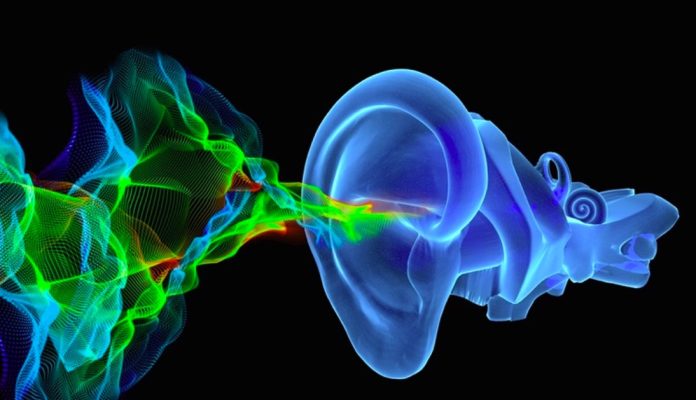New discoveries by Dr. Anthony Peng, Dr. Anthony Ricci, and Dr. Thomas Effertz from Stanford University School of Medicine that were published in the Nov. 20, issue of the journal Neuron have smashed the presently held concepts of how human ears adapt to changes in the intensity of sound. The research was part of the Stanford Initiative to Cure Hearing Loss.
The ear adapts to differing levels of sound intensity to protect itself from damage and to deliver the perception of the intensity of sound to the brain.
Previous studies using frogs and turtles insisted that calcium ions were necessary for the hair cells in the ear detect vibrations and to regulate the decibel range over which the hair cells operate.
The researchers used fast mechanical stimulation of the mammalian ear to elicit responses from hair cells as well as high-speed, high-resolution imaging to track calcium signals quickly before they had time to diffuse.
The scientists found that calcium is not needed to accomplish the hair cell adaptation that regulates the decibel range over which the hair cells that detect sound vibrations in the ear operate. The true nature of the mechanism has now become a mystery again.
Humans are born with 30,000 cochlear and vestibular hair cells per ear. Humans cannot reproduce lost cochlear and vestibular hair cells like many mammals and most reptiles. Age and high levels of sound produce hair cell loss in the ear and result in hearing loss.
The researchers anticipate discovering the true nature of the adaptive process that occurs in hair cells in the ear with the aim of preventing or reversing hearing loss.















